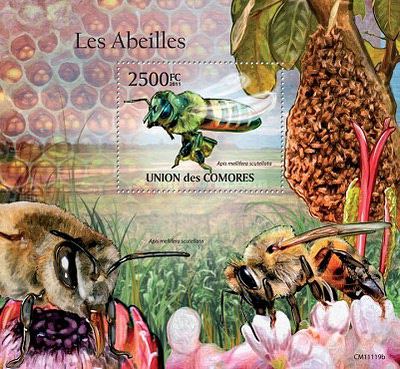This chapter focuses on the detrimental effects that pesticides have on managed honey bee colonies and their productivity. We examine first the routes of exposure of bees to agrochemicals used for crop protection and their application to crops, fate and contamination of water and plants around the fields. Most of the time, the exposure of bees to pesticides is through ingestion of residues found in the pollen and nectar of plants and in water. Honey bees are also exposed to pesticides used for the treatment of Varroa and other parasites. The basic concepts about the toxicity of the different kinds of pesticides are explained next. Various degrees of toxicity are found among agrochemicals, and
emphasis is given to the classic tenet of toxicology, “the dose makes the poison,” and its modern version “the dose and the time of exposure makes the poison.” These two factors, dose and time, help us understand the severity of the impacts that pesticides may have on bees and their risk, which are analysed in the third section. Sublethal effects are also considered. The final section is devoted to some practical advice for avoiding adverse impacts of pesticides in beekeeping.
Reference: Francisco Sanchez-Bayo and Koichi Goka. Impacts of Pesticides on Honey Bees
http://dx.doi.org/10.5772/62487

- Login om te reageren
